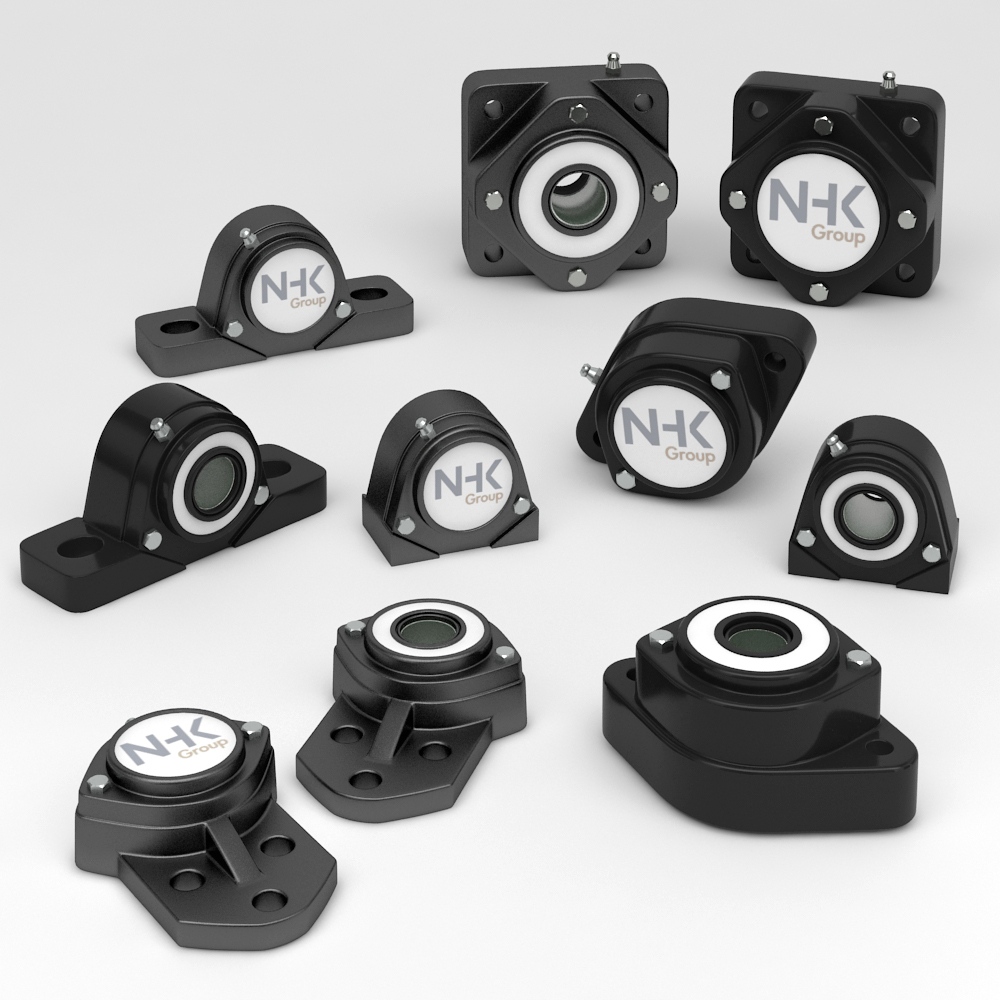
Balancing innovation and risk management in maintenance projects and operations, especially when using IP67 waterproof bearing units, requires a structured approach. Here are some steps and considerations to ensure a balanced and effective strategy:
IP67 Steam and dust resistant bearing units with spherical inserts
1. Assess Your Current Situation
- Evaluate Existing Systems: Review the current maintenance practices and the performance of existing bearing units.
- Identify Pain Points: Identify areas where performance issues or failures occur.
- Understand Environmental Conditions: Consider the operating environment, as IP67 units are designed to resist dust and water immersion, which is critical for certain applications.
2. Define Your Innovation Goals and Strategy
- Set Clear Objectives: Determine what you aim to achieve with innovation, such as increased efficiency, reduced downtime, or extended equipment life.
- Align with Business Goals: Ensure that innovation goals align with broader business objectives and customer needs.
3. Choose the Right Innovation Tools and Methods
- Adopt Advanced Technologies: Leverage tools such as predictive maintenance software, IoT sensors, and data analytics to monitor bearing performance.
- Pilot Programs: Implement pilot projects to test new technologies and methods on a small scale before full deployment.
- Supplier Collaboration: Work closely with bearing manufacturers to understand the latest innovations and integrate them effectively.
4. Manage the Innovation Risks and Uncertainties
- Risk Assessment: Conduct thorough risk assessments to identify potential issues with new technologies or methods.
- Mitigation Strategies: Develop strategies to mitigate identified risks, such as additional training, backup systems, or phased rollouts.
- Continuous Monitoring: Implement continuous monitoring systems to detect early signs of failure or performance degradation.
5. Learn from Your Innovation Experiences and Outcomes
- Document Outcomes: Keep detailed records of the results of innovation projects, including successes and failures.
- Analyze Data: Use data analytics to understand the impact of innovations on performance and identify areas for improvement.
- Feedback Loop: Create a feedback loop to integrate lessons learned into future projects.
6. Foster a Culture of Innovation and Risk Management
- Encourage Experimentation: Create an environment where employees feel safe to experiment and propose new ideas.
- Training and Development: Invest in training programs to build skills in both innovation and risk management.
- Leadership Support: Ensure that leadership supports innovation initiatives and recognizes the importance of balancing risk.
Additional Considerations
- Regulatory Compliance: Ensure that any innovations comply with industry standards and regulations, especially for critical components like bearing units.
- Cost-Benefit Analysis: Regularly perform cost-benefit analyses to ensure that the benefits of innovation outweigh the associated risks and costs.
- Stakeholder Engagement: Engage stakeholders at all levels, from maintenance teams to senior management, to get buy-in and support for innovation initiatives.
- Scalability: Consider the scalability of innovative solutions. Ensure that they can be implemented across different projects and operations without significant issues.
- Redundancy Plans: Develop redundancy plans for critical systems to ensure that operations can continue smoothly even if an innovation fails.
By following these steps and considerations, you can effectively balance innovation and risk management in maintenance projects and operations, ensuring the successful implementation of IP67 waterproof bearing units and other advanced technologies.
Smooth Self-Draining Surface Design
Sustainable development and growth
Durability in Harsh Environments
Reducing Downtime and Maintenance Costs